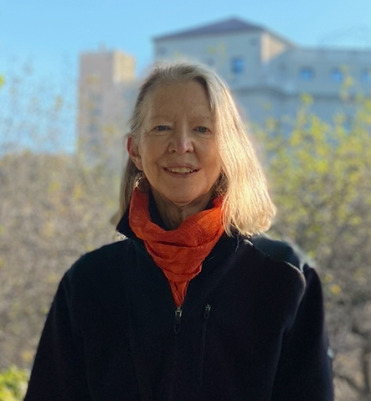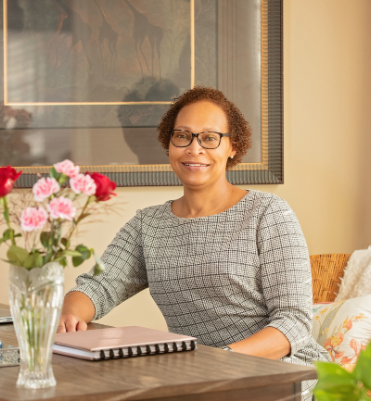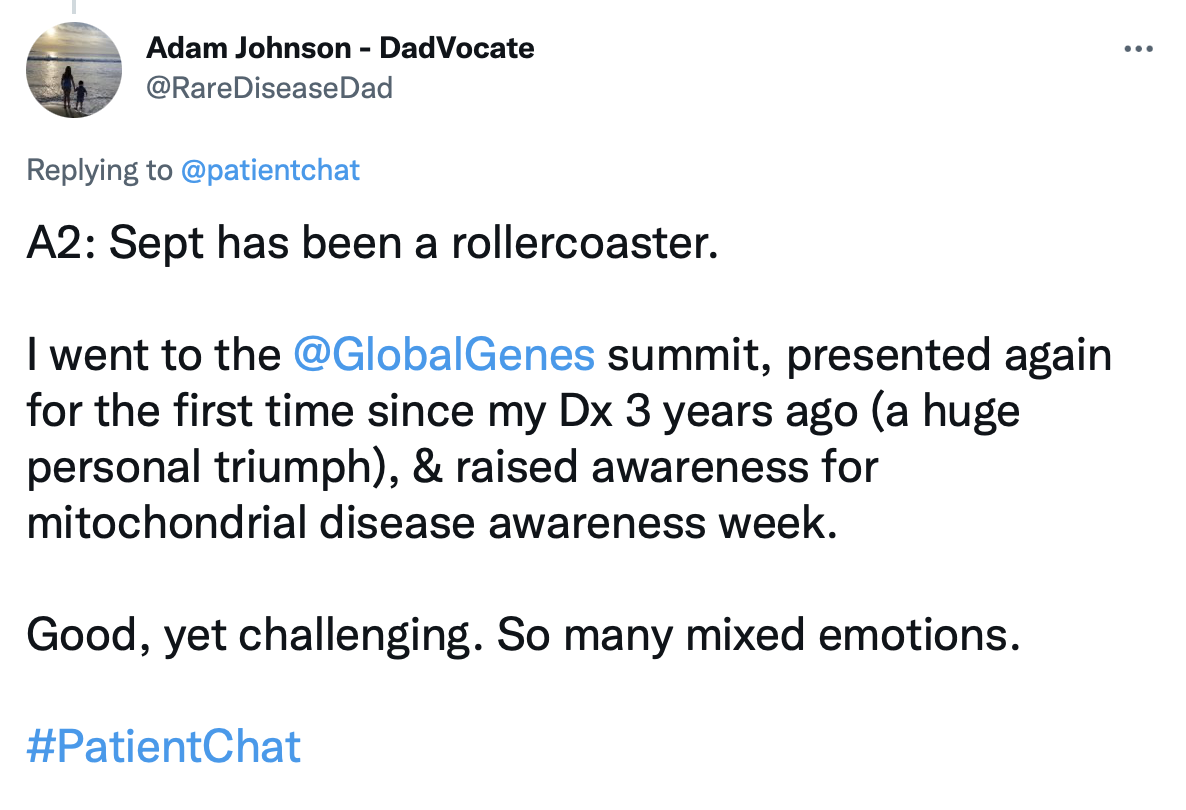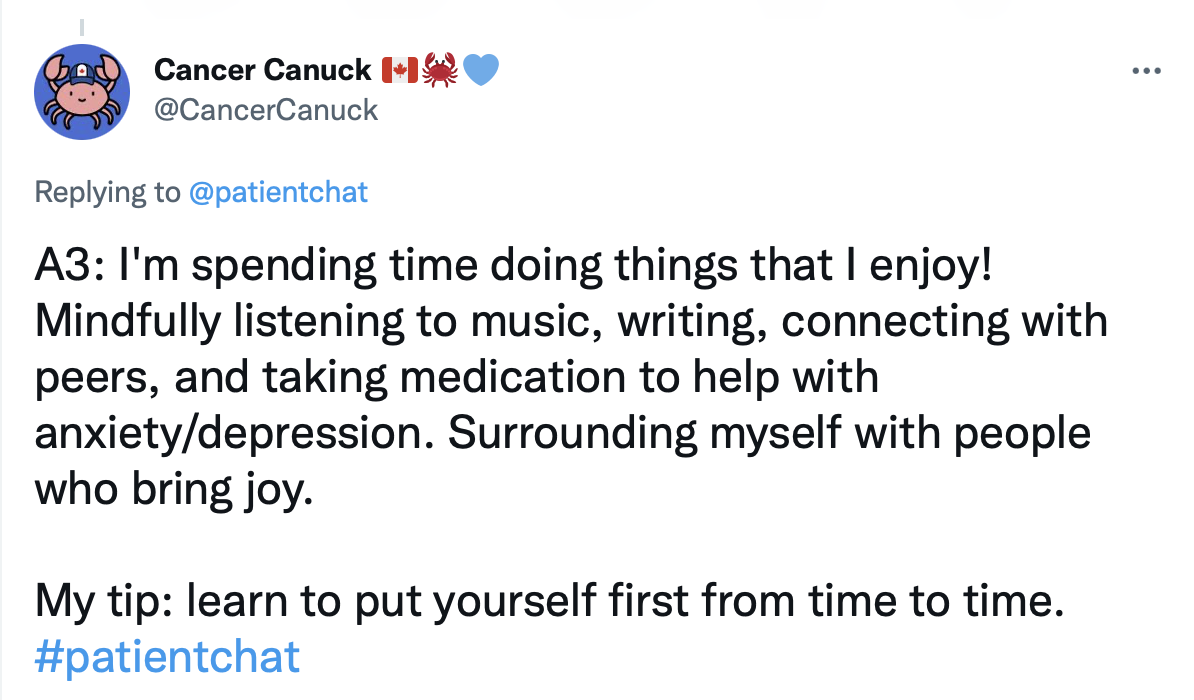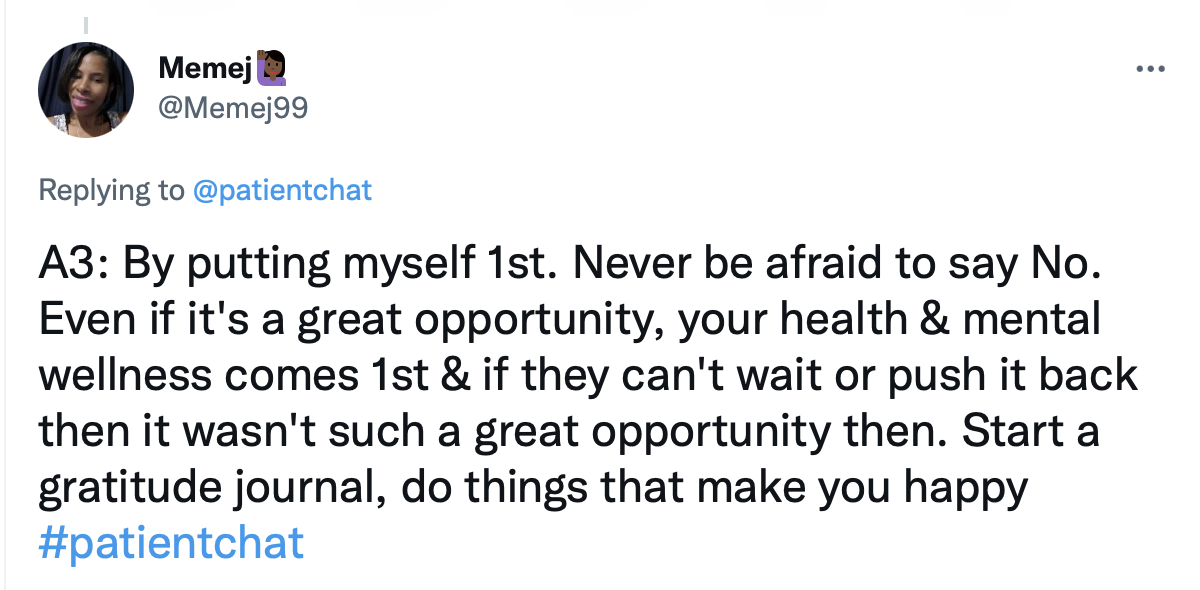In early March 2020, just days before the world shut down, my mother stepped out of her sister’s Hospice room. My mother, the oldest of three, and her other sister, the youngest of three, had spent the last couple weeks by their middle sister’s side as she used every last ounce of strength she had to fight the cancer that had so deeply taken hold of her body. That day in March, though, my mother left early so she could meet me and my three children to go shoe shopping. She told her sister goodbye and explained she was going to spend some time with her grandchildren. She’d barely left the parking lot when her youngest sister called. A few moments after my mother had left the room, my aunt breathed her last breath.
My Aunt Jan, at 72, was too young, too healthy, and too disciplined to die from cancer. She had devoted much of her life to staying physically fit and consuming only the healthiest diet. She ate organic foods long before there were grocery stores selling them. She belonged to co-ops and sought out health food stores and juiced her vegetables when most people had never heard of those things. The rest of us were enjoying the processed food revolution that came about in the 1980s while Jan was biking to the health food store to get some bulk, organic grains. She stayed lean her entire life and enjoyed showing off her muscles. Her favorite way to spend time with anyone was by taking long walks, preferably on the beach on Sanibel Island, Florida, where I grew up and where she was able to retire. She was a music professor. A PhD. She was widely respected in her field for her knowledge, her expertise, and her own talents at the piano. She was extremely passionate about practicing the piano. She never missed practicing. She loved the classical composers: Bach, Beethoven, and Chopin. She knew them all. She taught them all. She played them all. She was so excited about classical music that I am sure her students couldn’t help but pick up some of that enthusiasm just by being in the room with her.
Jan never married or had kids. She had pets. First a dog named Bear who I think she mourned until the day she died. Later she had cats who found their way into her life in a variety of ways. She enjoyed their company, and they never complained when she practiced the piano for hours at a time, as my brother and I had as kids when she lived with us for a short time. Her practice interfered with our afternoon cartoons, and we let her know it, but she never relented. Practicing took priority over her niece and nephew. Practicing took priority over everything. I imagine it was her go-to escape mechanism. It must have been her therapy. She would have needed an outlet as the middle child in her family. She absolutely had middle child syndrome. She often recalled how my mother, the oldest, got to go out of state for college, while she got stuck going in state at the local school. And, of course, she and my mother both had stories about how their youngest sister, the baby of the family by a good seven years, got to do whatever she pleased. All families have similar stories, but Jan, I think, really felt the burden of being a middle child. My grandmother was not the most supportive of personalities and could be quite soul crushing when she put her mind to it, and she put her mind to it a lot. When my mother graduated from law school as a single mom with two kids in toe, my grandmother told her, “Well, we didn’t think you could do it.” She had similar zingers for all her daughters (and her granddaughter) for just about every important life event. None of us was unscathed, and Jan came out of that incredibly stubborn and with an insatiable drive to achieve, to succeed, and to prove herself. She did all those things, but I don’t think they were ever enough. I’m not sure anything ever would have been enough.
When Jan finally retired to Sanibel, which had been one of her life goals, she didn’t really retire. She began playing the organ and became involved in the music program at church. She wrote articles for the local paper, she biked all over the island, she walked the beach, she continued to teach college classes online. She just kept on achieving and never slowed down until things came to a screeching halt. Our first indication came when she had to go to the emergency room. It was then we found out that she was sick. Really sick. She had known for a while but hadn’t told any of us. She had been diagnosed with cancer — uterine we think, but it was never really made clear — about a year prior, and she ignored the recommended treatment. Instead, she sought alternative healing. It didn’t work, and she finally told her sisters what was going on and agreed to chemotherapy. But that is all she agreed to.
Even though I had been writing for Patient Empowerment Network (PEN) for several years and knew about the resources they offered, she was not interested. She was not interested in the information I could share with her about the latest studies and research. She was not interested in the many programs PEN has that help guide patients and their care partners through the process of diagnosis and treatment and the best ways to be an empowered patient. She was so stubborn. She had done things her own way her entire life and been pretty successful, so she was going to do cancer her way, too. I can’t say as I blame her. She had only always relied on herself, and she really believed that she had done all the things to set herself up to beat cancer her way. On paper she really had. Fit, healthy, ideal weight, superfoods, no processed foods. She did all the things. The only thing she didn’t do was embrace the resources she would need to become an empowered patient and to partner with caregivers to advocate on her behalf when necessary. She tried to go it alone, but she didn’t have to. PEN had all the resources she needed.
Had she embraced an organization like PEN, it’s impossible to say if her outcome would have been different. Some people just don’t survive cancer no matter what the circumstances, and Jan’s circumstances weren’t great. Not only had she delayed treatment, but there was poor communication among doctors, a botched surgery, and a generic treatment plan that didn’t seem to be tailored to her or her cancer. The treatment didn’t work and a lot of trips to the emergency room later she found herself in Hospice with the “thoughts and prayers” of her doctor sent via his nurse. Even in Hospice, barely eating, barely awake, I could tell she was still determined to beat the cancer. She just couldn’t seem to accept that it had been stronger than she. Looking back, I still wish she had decided to access the many resources available, either through PEN or another organization, but I do also see why she felt the need to rely only on herself.
Now, more than two years later, my mother has cancer. Lung cancer. Adeno carcinoma. It’s advanced, but very treatable and we are focusing on the very treatable portion of the diagnosis. A lung cancer diagnosis isn’t the death sentence that it was in 1992 when her father died from it. I’m very thankful about that. In a couple days from my writing this, I will go with her to her first treatment at the research hospital where my aunt refused to get treatment. I may still be a little in shock from her diagnosis, but I have already been comforted by the knowledge I’ve gained over the past several years while writing for PEN. My mom and I have already had discussions about some of the treatments I’ve written about, and she too seems to be comforted in all that she’s learned through PEN. She’s very supportive and a top-notch proofreader who knows I love to submit clean copy, so she’s read everything I’ve written at least once. She also took a dive into the PEN website on her own and found the section that tells you the questions to ask your care team. We’ve both learned so much through PEN that we feel pretty prepared to face this. I mean, nobody wants to get cancer. Nobody wants to go through chemotherapy, so we are overwhelmed and scared, for sure, but mostly we feel empowered. As we embark on this journey, we know that she, the patient, and I, the care partner, don’t have to figure it all out on our own. We’ve got a community of support at our fingertips. And that is the power of PEN.
Jennifer Lessinger is a professional writer and editor who learned the value of patient empowerment during her struggle with a hard-to-diagnose and complex endocrine disorder.


